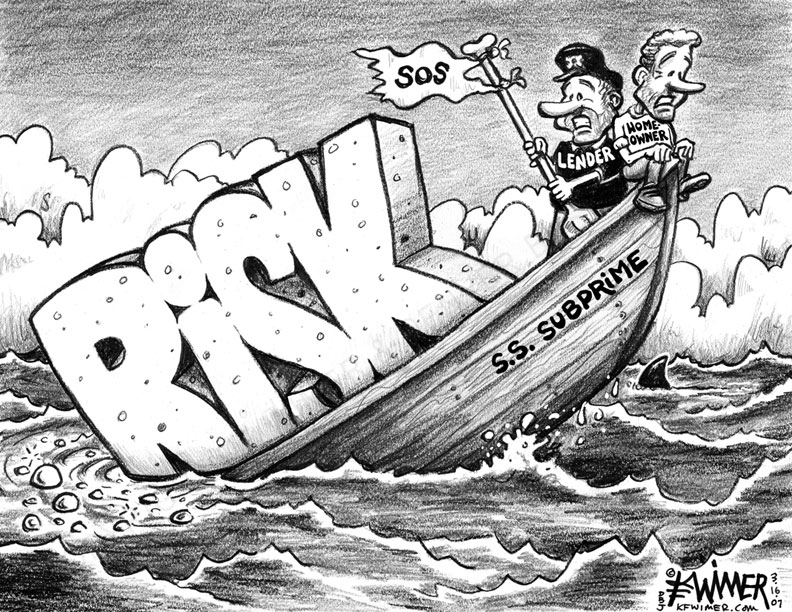Whenever I have introduced the idea of Continuous Delivery to IT organizations, I usually get mixed reactions. The developers are excited, ops are skeptical, and PM’s usually look at me like I have a thumb sticking out of my forehead. For some reason the idea of potentially shipping software at any moment is too extreme for those that manage software products.
However I think one of the biggest values continuous delivery systems buy organizations is the constant production readiness of your application. Regardless of whether you hit the deploy button or not, having confidence that your application is in a production ready state at all times should be a huge comfort factor for everyone in the organization.
I think those that are resistant to continuous delivery systems most likely focus too much on the delivery part of continuous delivery and not enough to the underlying engineering practices needed to make it a reality. These practices are what brings a tremendous amount of stability and predictability to your release process. If we deliver the message from that standpoint, we are more likely to get buy in from those that are tend to be adverse to change.










